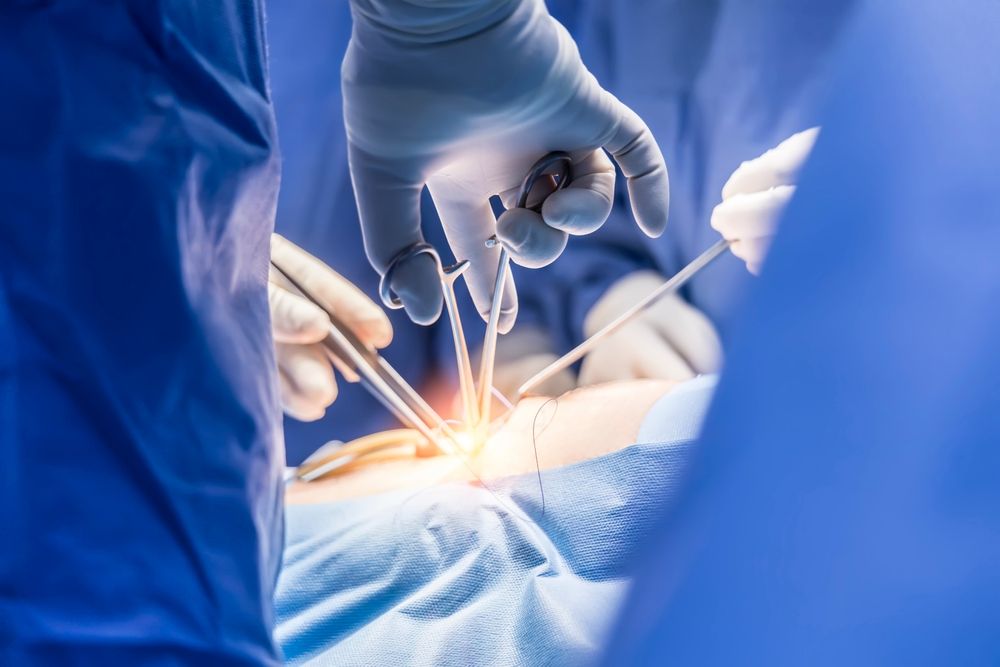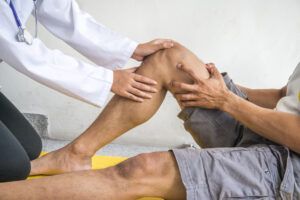Orthopedic surgeries play a crucial role in addressing injuries, diseases, and conditions affecting the musculoskeletal system. This comprehensive guide explores some of the most common orthopedic surgeries, shedding light on how they help restore function, alleviate pain, and improve quality of life for patients in need. Premier Orthopaedics & Sports Medicine, P.C., with locations in Bloomfield, Englewood, and Union City, NJ, provides expert care for a variety of orthopedic conditions, and understanding these surgical options is key to making informed decisions.
1. Joint Replacement Surgery
One of the most well-known orthopedic procedures is joint replacement surgery, designed to replace worn-out or damaged joints with artificial implants. The most common joints treated are the hips, knees, and shoulders, but other joints such as elbows, ankles, and even fingers can benefit from replacement procedures.
Hip Replacement
Hip replacement is often recommended for individuals suffering from severe arthritis or joint damage from injuries. It involves removing the damaged hip joint and replacing it with a prosthetic implant. This surgery can greatly improve mobility and reduce pain, allowing patients to regain a more active lifestyle.
Knee Replacement
Knee replacement, similar to hip replacement, is performed when the knee joint has suffered from arthritis, injury, or other degenerative diseases. The procedure involves replacing the damaged parts of the knee with metal and plastic components, which can last for many years and provide significant relief.
Shoulder Replacement
While less common than hip or knee replacements, shoulder replacement surgery can restore function and reduce pain in patients with severe joint damage. This surgery involves replacing the damaged ball-and-socket joint with prosthetic parts, allowing for a more stable and pain-free shoulder.
2. Arthroscopic Surgery
Arthroscopy is a minimally invasive surgical procedure used to diagnose and treat joint problems. Surgeons make small incisions and use an arthroscope (a small camera) to view the inside of a joint. The camera feeds images to a screen, allowing the surgeon to guide surgical instruments with precision.
Knee Arthroscopy
Knee arthroscopy is one of the most common arthroscopic procedures. It can be used to treat torn meniscus, cartilage damage, and ligament injuries, as well as to remove loose fragments in the joint. The minimally invasive nature of the procedure leads to faster recovery times compared to traditional open surgery.
Shoulder Arthroscopy
For patients with rotator cuff tears, shoulder impingement, or recurrent shoulder dislocations, shoulder arthroscopy offers a solution. Through small incisions, surgeons can repair the rotator cuff, remove inflamed tissue, and address shoulder instability without the need for a large incision.
Ankle Arthroscopy
Ankle arthroscopy is used to treat chronic pain, ligament injuries, or cartilage damage in the ankle joint. This procedure can improve mobility and decrease pain while minimizing downtime and recovery duration.
3. Spinal Surgery
Spinal surgery encompasses a variety of procedures aimed at relieving chronic back pain, nerve compression, and spinal deformities. The spine is a complex structure, and surgery is often considered when conservative treatments like physical therapy or medications have failed.
Spinal Fusion
Spinal fusion is a common surgery for patients with spinal instability, fractures, or conditions like scoliosis. The goal is to fuse two or more vertebrae together to eliminate motion between them, providing stability to the spine. While it restricts some movement, it can significantly alleviate pain and prevent further damage.
Laminectomy
Laminectomy involves removing part of the vertebra called the lamina to relieve pressure on the spinal cord or nerves. This procedure is commonly performed to treat conditions such as spinal stenosis, where the spinal canal narrows and puts pressure on the nerves. Laminectomy can lead to improved mobility and reduced pain.
Disc Replacement
In cases of degenerative disc disease or herniated discs, disc replacement surgery may be recommended. Instead of fusing the vertebrae, this procedure involves replacing the damaged disc with an artificial one. This allows for more movement in the spine compared to spinal fusion, and patients often experience faster recovery.
4. Fracture Repair Surgery
Broken bones, or fractures, are among the most common injuries treated by orthopedic surgeons. While some fractures can heal with casting or bracing, others require surgical intervention to ensure proper alignment and healing.
Open Reduction and Internal Fixation (ORIF)
ORIF is a procedure used to repair severe fractures. The surgeon makes an incision to access the fracture site, realigns the bones, and uses metal plates, screws, or rods to hold the bones in place while they heal. This procedure is often necessary for complex fractures that cannot be treated with non-surgical methods.
External Fixation
In cases where internal fixation is not possible, such as when there is significant soft tissue damage, external fixation may be used. This involves placing metal pins or screws into the bone, which are then connected to a metal frame outside the body. The frame holds the bones in the correct position while they heal.
5. ACL Reconstruction
ACL (anterior cruciate ligament) injuries are common among athletes, particularly in sports that involve sudden changes in direction, such as soccer or basketball. When the ACL is torn, it often requires surgical reconstruction to restore stability to the knee.
ACL reconstruction involves replacing the torn ligament with a graft, which is typically taken from the patient’s own tissue or a donor. This procedure can prevent further knee instability and allow patients to return to sports or physical activities after rehabilitation.
6. Carpal Tunnel Release
Carpal tunnel syndrome occurs when the median nerve in the wrist becomes compressed, leading to pain, numbness, and weakness in the hand. When non-surgical treatments like wrist splints or steroid injections fail, carpal tunnel release surgery may be recommended.
The surgery involves cutting the ligament pressing on the median nerve to relieve pressure. This can result in a significant reduction in symptoms and improved hand function. Carpal tunnel release is often done as an outpatient procedure, with patients experiencing relief shortly after.
Choosing the Right Orthopedic Surgery for You
Orthopedic surgery can offer life-changing benefits for patients experiencing pain, mobility issues, or joint dysfunction. Whether it’s joint replacement, spinal surgery, or minimally invasive procedures like arthroscopy, each surgery comes with its own risks and benefits.
At Premier Orthopaedics & Sports Medicine, P.C., located in Bloomfield, Englewood, and Union City, NJ, we specialize in delivering personalized orthopedic care tailored to each patient’s unique needs. If you’re considering an orthopedic procedure, consult with our team to determine the best course of action for your situation.
Recovery from orthopedic surgery varies depending on the type of procedure, the patient’s overall health, and their commitment to rehabilitation. However, the end goal remains the same: restoring mobility, reducing pain, and improving quality of life. With the right support and medical care, most patients can return to their daily activities stronger than before.
Sources:
- Kaplan, R. S., & Porter, M. E. (2011). How to Solve the Cost Crisis in Health Care. Harvard Business Review.
- Buchbinder, R., & Maher, C. (2014). Evidence-Based Management of Acute Low Back Pain. The Lancet.
- Weinstein, S. L., & Anderson, G. B. (2014). Principles of Orthopedic Surgery. Journal of Bone and Joint Surgery.




